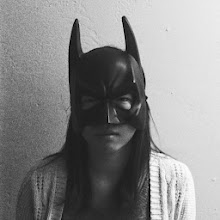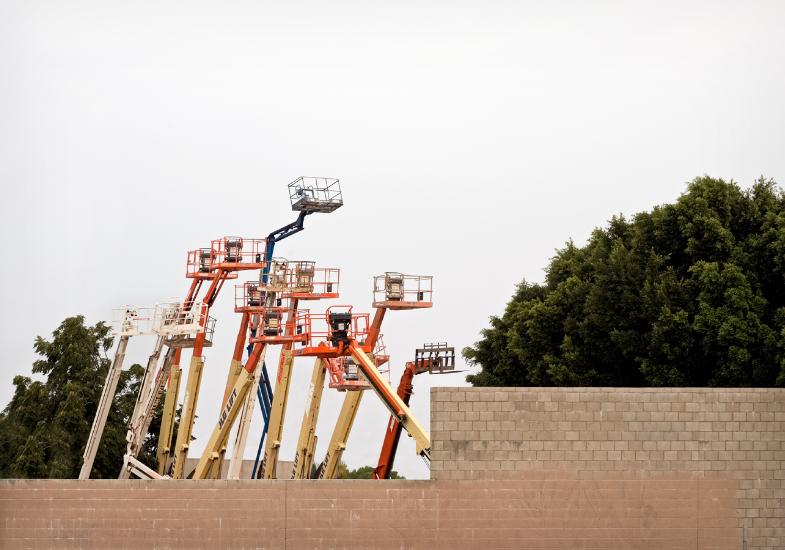Christine Welch is a contemporary landscape photographer that lives and works in Pennsylvania. In her first book of photographs, Commonplace, Welch compiles images she has taken of empty spaces. This project was initiated after developing her contact sheets from a vacation she took with her husband.
 |
| Stephen's Too Restaurant, Ashland, Pennsylvania, 1991 |
The image above was the inspiration for the project in Commonplace. Welch's images exudes a certain mood. In all of her photographs there seems to be a lack of a physical human presence. It seems as if people are occupying the space, or are supposed to occupy the space, but they just mysteriously were not captured on film.
 |
| Maxime's Continental Restaurant and Lounge, Ravine, Pennsylvania, 1994 |
A lot of her images have unoccupied chairs indicating where people would be seen if they were in the photos. I like the works from this book. I see things in common with mine and Welch's work.
Here are some more images from the book:
 |
| Meeting Room, Republican County Headquarters, Lisbon, Ohio, 1994 |
 |
| Eighth Street Cafe, Lebanon, Pennsylvania, 1994 |
 |
| Roller Dome Skating Rink, Fort Wayne, Indiana, 1994 |
Another aspect of Welch's photographs that interested me was her use of color. I find the colors in her photograph bright, but at the same time subdued by a layer of fogginess. I feel it adds to the eeriness of the images.


















-1997-WEB.jpg)


